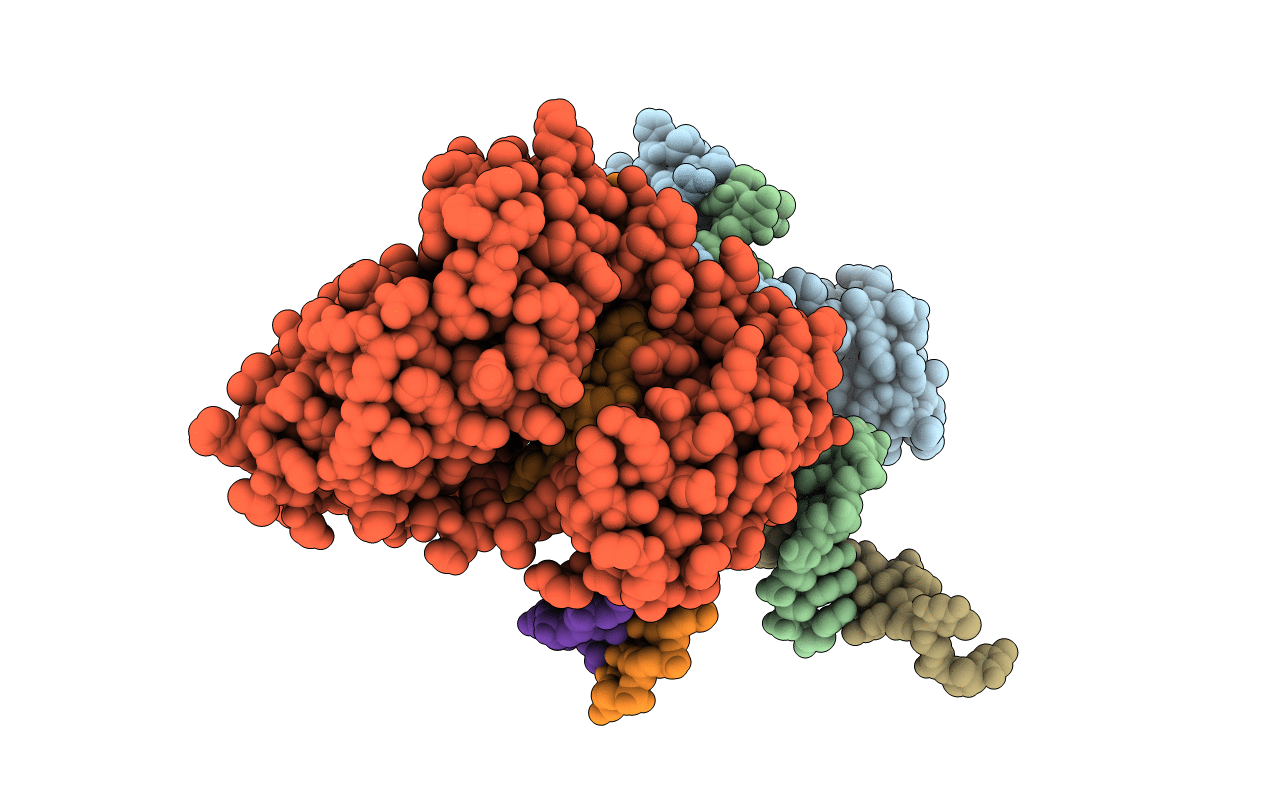
Deposition Date
2017-11-23
Release Date
2018-11-07
Last Version Date
2024-03-27
Entry Detail
Biological Source:
Source Organism:
Escherichia coli K-12 (Taxon ID: 83333)
Escherichia coli (Taxon ID: 562)
Escherichia coli (Taxon ID: 562)
Host Organism:
Method Details:
Experimental Method:
Resolution:
1.94 Å
R-Value Free:
0.22
R-Value Work:
0.18
R-Value Observed:
0.19
Space Group:
P 1 21 1


